more oomph where grass meets natural treeline
maggiepie11
15 years ago
Related Stories
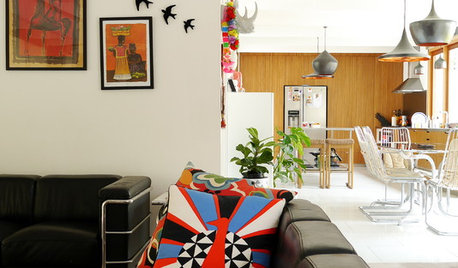
HOMES AROUND THE WORLDMy Houzz: Where Palm Springs Meets Gum Trees
A love of midcentury design and a knack for renovating lead this family to a 1960s gem on the outskirts of Melbourne
Full Story
PLANTING IDEASWant a More Colorful, Natural Garden? Try a Perennial Meadow
Spend less time tending and more time taking in the sights by improving on Victorian and prairie garden designs
Full Story
LANDSCAPE DESIGNNatural Swimming Pools: More Beauty, No Chemicals
Keep your skin and the environment healthy with a pool that cleans itself, naturally
Full Story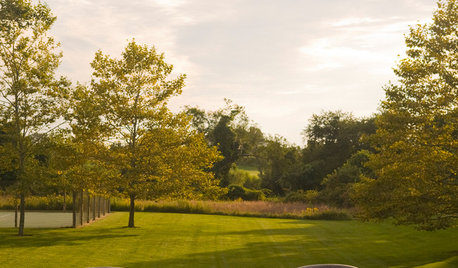
LANDSCAPE DESIGNHouse, Meet Landscape: How Integrated Gardens Came to Be
Trace the roots of union between home and the great wild to get ideas for merging the two on your own homesite
Full Story
MOST POPULARMeet a Lawn Alternative That Works Wonders
Carex can replace turfgrass in any spot, is low maintenance and adjusts easily. Add its good looks and you’ve got a ground cover winner
Full Story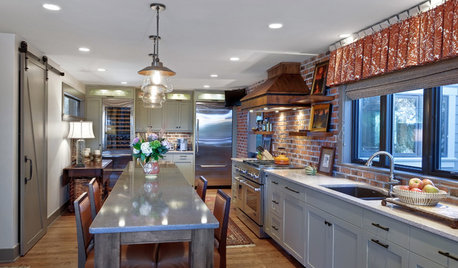
KITCHEN DESIGNKitchen of the Week: Upscale Barn Meets Industrial Loft Style
Warehouses and grasses inspire a South Carolina kitchen equally, for a look that’s as charming as it is unusual
Full Story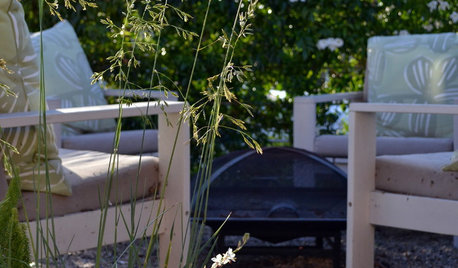
FRONT YARD IDEASMeet a Front Yard Designed for Gathering
Hanging out with neighbors comes naturally in front of a Southern California home, thanks to comfortable zones and beautiful plantings
Full Story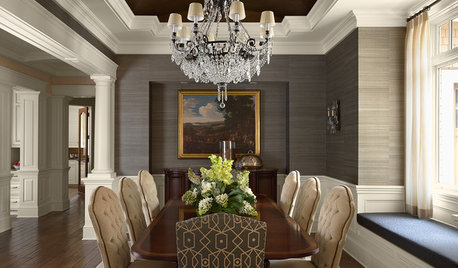
DECORATING GUIDESWalls Have a Field Day With Grass Cloth
Rustic or refined, richly textured grass cloth provides a burst of natural freshness to your interior decorating
Full Story
LANDSCAPE DESIGNIs It Time to Consider Fake Grass?
With more realistic-looking options than ever, synthetic turf can be a boon. Find the benefits and an installation how-to here
Full Story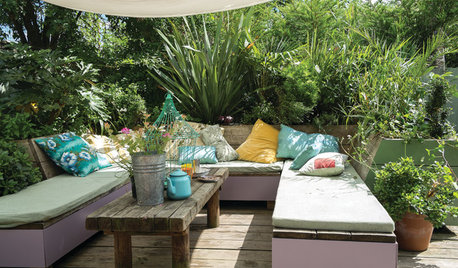
LIFEHouzz Call: Where (and What) Are You Reading This Summer?
Whether you favor contemporary, classic or beach reads, do the long and lazy days of summer bring out the lit lover in you?
Full StoryMore Discussions







WendyB 5A/MA
ctlady_gw
Related Professionals
Ballwin Landscape Architects & Landscape Designers · Brentwood Landscape Architects & Landscape Designers · Roosevelt Landscape Architects & Landscape Designers · East Lake-Orient Park Landscape Contractors · Gaithersburg Landscape Contractors · Gallatin Landscape Contractors · Miller Place Landscape Contractors · Rancho Santa Margarita Landscape Contractors · Riverview Landscape Contractors · West Allis Landscape Contractors · Dedham Decks, Patios & Outdoor Enclosures · Frisco Decks, Patios & Outdoor Enclosures · Hialeah Decks, Patios & Outdoor Enclosures · Larkspur Decks, Patios & Outdoor Enclosures · Northglenn Decks, Patios & Outdoor Enclosuresdiggingthedirt
maggiepie11Original Author
ctlady_gw
diggingthedirt
ellen_s
maggiepie11Original Author
claireplymouth z6b coastal MA